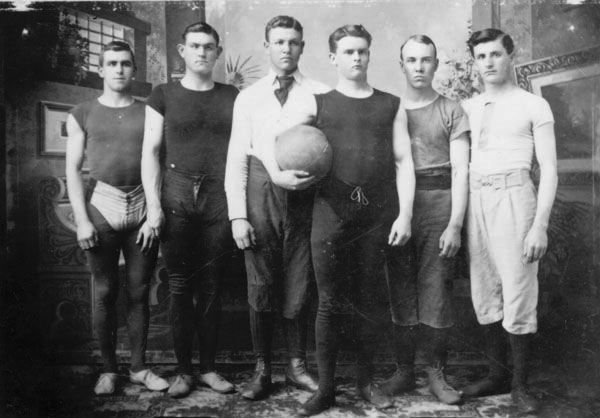MY REFLECTION ON MY BLOG
What I learned through all that I have done on this project is that Jordan Ontario and taught physical education at McGill University and Springfield College in Springfield , Massachusetts Springfield College Boston
http://www.encyclopedia.com/topic/basketball.aspx





